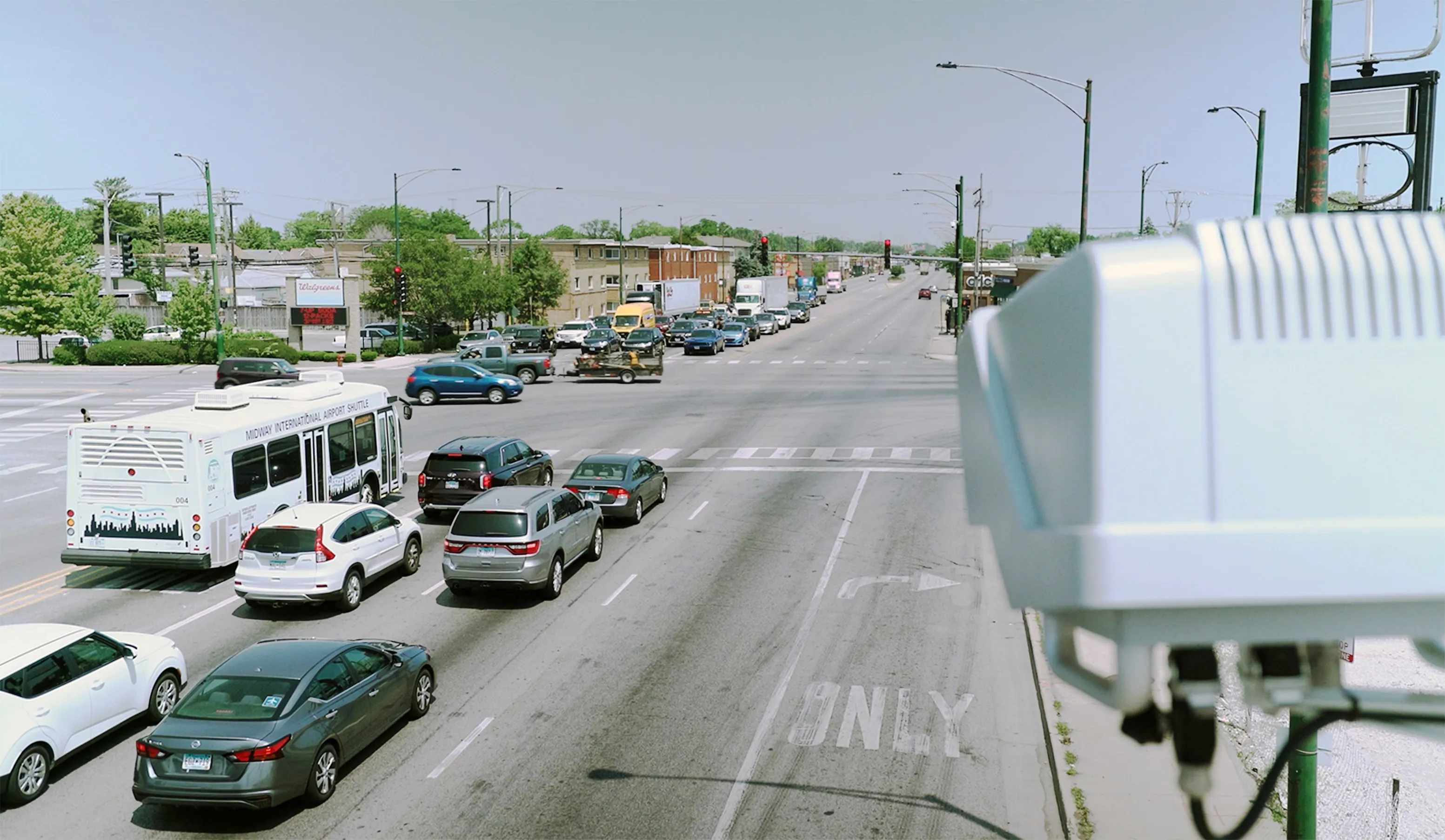The Metropolitan Manila Development Authority (MMDA) has inaugurated its traffic signalisation system (TSS), an advanced real time traffic management network that is expected to greatly improve traffic and pedestrian and commuter safety in Metro Manila.
A new Metro command and control centre houses the system which features 25 new fibre optic high definition pan-tilt-zoom traffic control/video surveillance cameras and 36 45-inch video screens for traffic monitoring.
MMDA Chairman Francis Tolentino sai
January 10, 2014
Read time: 1 min
The Metropolitan Manila Development Authority (MMDA) has inaugurated its traffic signalisation system (TSS), an advanced real time traffic management network that is expected to greatly improve traffic and pedestrian and commuter safety in Metro Manila.
A new Metro command and control centre houses the system which features 25 new fibre optic high definition pan-tilt-zoom traffic control/video surveillance cameras and 36 45-inch video screens for traffic monitoring.
MMDA Chairman Francis Tolentino said phase 1 of the mid-term TSS is capable of initially managing 85 priority intersections and 25 traffic control/video surveillance locations around Metro Manila under a new management software system.
“In the future, this new system will be able to manage up to 500 intersections. TSS aims to upgrade, automate, and optimise the management and traffic engineering installations around Metro Manila,” Tolentino said.
A new Metro command and control centre houses the system which features 25 new fibre optic high definition pan-tilt-zoom traffic control/video surveillance cameras and 36 45-inch video screens for traffic monitoring.
MMDA Chairman Francis Tolentino said phase 1 of the mid-term TSS is capable of initially managing 85 priority intersections and 25 traffic control/video surveillance locations around Metro Manila under a new management software system.
“In the future, this new system will be able to manage up to 500 intersections. TSS aims to upgrade, automate, and optimise the management and traffic engineering installations around Metro Manila,” Tolentino said.










